
Example) AL30P-030AS-1 Note 2) Bowl assembly for AL30 to AL60 comes with a bowl guard (steel band material). 51 Lubricator AL10 to 60 Dimensions AL10 AL20 L D Bracket (accessory) G F Port size K M A Port size C B R C J OUT OUT IN OUT OUT IN H B R P Min. clearance for maintenance Min. clearance for maintenance A AL50, 60 AL30, 40 L D D L Port size Bracket (accessory) Bracket (accessory) G
-B AC40-B AC40-06-B AC50-B AC55-B AC60-B Component Air Filter [AF] AF20-A AF30-A AF30-A AF40-A AF40-06-A AF50-A AF60-A AF60-A Regulator [AR] AR20-B AR25-B AR30-B AR40-B AR40-06-B AR50-B AR50-B AR60-B Lubricator [AL] AL20-A AL30-A AL30-A AL40-A AL40-06-A AL50-A AL60-A AL60-A Port size 1/8, 1/4 1/4, 3/8 1/4, 3/8 1/4, 3/8, 1/2 3/4 3/4, 1 1 1 Pressure gauge port size [AR] 1 1/8 Fluid Air Ambient
Note 3) Bowl assembly for AL30 to AL60 comes with a bowl guard (steel band material). 52 AL10 to 60 Dimensions AL10 AL20 L D Bracket (option) G F Port size K M A Port size C B R C J H OUT OUT IN OUT OUT IN B R P Min. clearance for maintenance Min. clearance for maintenance A AL50, 60 AL30, 40 L D D L Port size Bracket (option) Bracket (option) G F G F Port size M K M K E J C B R C B R H
Modular Type Lubricators Series AL AC-A Lubricator Series AL Model AF-A Port size Option AF-A AL10 M5 x 0.8 AR-A AL20 1/8, 1/4 AL-A AL30 1/4, 3/8 AW-A AL40 1/4, 3/8, 1/2 Bracket AC AL40-06 3/4 AF AL50 3/4, 1 AF AL60 1 Pages 508 through to 513 AR AL AL AW AG E AV AF 507 Lubricator AL10 to AL60 Symbol Lubricator AL20 AL40 How to Order AL 30 03 B Option/Semi-standard: Select one each for a
drain cock C2SL-36-A With bowl guard C2SL-36C-A C3SL-36-A C4SL-36-A Nylon Drain cock with barb fitting With bowl guard C3SL-36W-A C4SL-36W-A Metal Without drain cock C2SL-2-A C3SL-2-A C4SL-2-A With level gauge C3LL-8-A C4LL-8-A With drain cock C2SL-23-A C3SL-23-A C4SL-23-A With level gauge C3LL-38-A C4LL-38-A *1 The bowl assembly comes with a bowl seal.
Pressure Control Equipment Industrial Filters A !4 Spring return !5 !6 !4 Spring extend A A-A section (port on rod end) A-A section (port on rod end) With auto switch Spring return Spring extend !4 !5 !6 !4 A A Auto Switch Auto Switch A-A section (port on rod end) A-A section (port on rod end) The numbers are the same as the "Construction" of the CQ2 series catalog (CAT.ES20-205).
For a facility with a large installation area that can vent the air naturally: Make an air outlet on a wall at a high level and air inlet on a wall at a low level, to allow for adequate airflow. 2. For a facility with a small installation area that cannot vent the air naturally: Make a forced air exhaust vent on a wall at a high level and an air inlet on a wall at a low level. 3.
For a facility with a large installation area that can vent the air naturally: Make an air outlet on a wall at a high level and air inlet on a wall at a low level, to allow for adequate airflow. 2. For a facility with a small installation area that can not vent the air naturally: Make a forced air exhaust vent on a wall at a high level and an air inlet on a wall at a low level. 3.
For a facility having a small installation area (that can not vent the air naturally): Make a forced air exhaust vent on a wall at a high level and an air inlet on a wall at a low level. 3.
Bowl assembly for the AL30 to AL60 models comes with a bowl guard (steel band material). (except when the bowl material is metal) Please consult SMC for psi and F unit display specifications. When switching bowl materials from a polycarbonate or nylon product to a metal bowl with a level gauge, the oil feed tube assembly must be replaced.
Bowl assembly for the AL30 to AL60 models comes with a bowl guard (steel band material). (except when the bowl material is metal) Please consult SMC for psi and F unit display specifications. When switching bowl materials from a polycarbonate or nylon product to a metal bowl with a level gauge, the oil feed tube assembly must be replaced.
T-interface (T) M5 x 0.8, 1/8, 1/4, 3/8, 1/2 Factory mounting of a piping adapter on the AC models is available as a special order. Using a T-interface facilitates the redirection of air flow.
Remove a housing from a body by rotating 4 mounting screws counterclockwise with a hexagon wrench key. Hexagon wrench key Nominal: 5 2) Remove the valve guide. Hold the valve guide with a spanner on the spanner flat to rotate it counterclockwise and remove the valve guide. Spanner Nominal: 30 3) Remove the valve spring. 4) Remove the valve assembly.
Remove a housing from a body by rotating 4 mounting screws counterclockwise with a hexagon wrench key. Hexagon wrench key Nominal: 5 2) Remove the valve guide. Hold the valve guide with a spanner on the spanner flat to rotate it counterclockwise and remove the valve guide. Spanner Nominal: 30 3) Remove the valve spring. 4) Remove the valve assembly.
1/8, 1/4 2(A) port 19.5 12 40.5 2 x 4.2 (For mounting) 11.2 30 18.5 1/8, 1/4 3(R) port 1/8 12(PA) port 2A NO 35 43 NC 12 12 3R 1P NC (1/8) 12(PA) port 12 6.7 58.2 18.5 65.2 60 59 24 X 12 M5 x 0.8 (Breathing hole) 19.5 39 1/8, 1/4 1(P) port For vacuum/VPA344V-101 02 A B 1/8, 1/4 2(A) port 19.5 12 40.5 2 x 4.2 (For mounting) 1/8, 1/4 3(R) port 18.5 11.2 30 2A NO 35 43 NC 12 3R 1P NC 1/8 12(
HRX-OM-Q026-V Operation Manual Installation Operation Original Instructions Thermo Chiller HRSH Series HRSH100-A-20HRSH100-A-40HRSH100-A-20-S HRSH150-A-20HRSH150-A-40HRSH150-A-20-S HRSH200-A-20HRSH200-A-40HRSH200-A-20-S HRSH250-A-20HRSH250-A-40HRSH250-A-20-S HRSH300-A-20HRSH300-A-40HRSH100-W-20HRSH100-W-40HRSH100-W-20-S HRSH150-W-20HRSH150-W-40HRSH150-W-20-S HRSH200-W-20HRSH200-W-40HRSH200
Installation at indoor site 1 In case of facility having a large installation area (that can vent the air naturally) Make an air outlet on a wall at a high level and air inlet on a wall at a low level, to allow for adequate airflow. 2 In case of facility having a small installation area (that can not vent the air naturally) Make a forced air exhaust vent on a wall at a high level and an air
For a facility having a large installation area (that can vent the air naturally): Make an air outlet on a wall at a high level and air inlet on a wall at a low level, to allow for adequate airflow. 2. For a facility having a small installation area (that can not vent the air naturally): Make a forced air exhaust vent on a wall at a high level and an air inlet on a wall at a low level.
For a facility having a large installation area (that can vent the air naturally): Make an air outlet on a wall at a high level and air inlet on a wall at a low level, to allow for adequate airflow. 2. For a facility having a small installation area (that can not vent the air naturally): Make a forced air exhaust vent on a wall at a high level and an air inlet on a wall at a low level.
For a facility having a small installation area (that can not vent the air naturally): Make a forced air exhaust vent on a wall at a high level and an air inlet on a wall at a low level. 3.
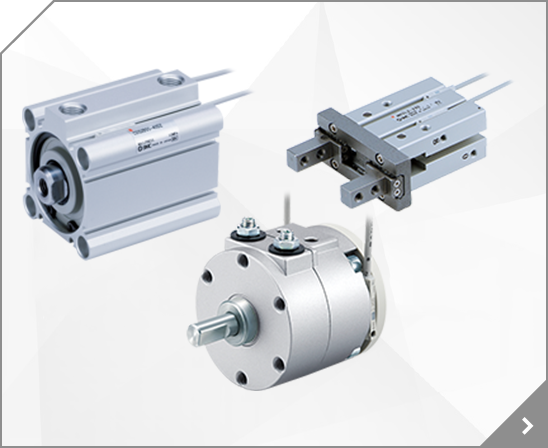
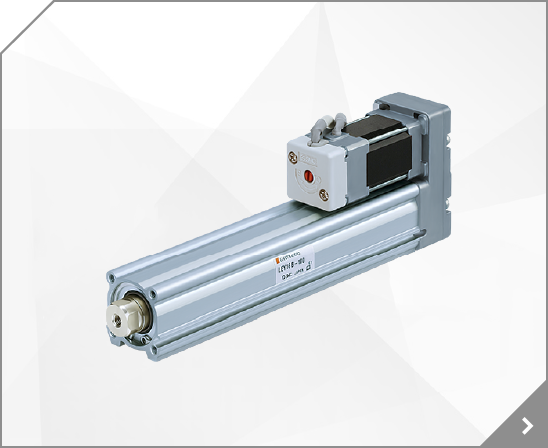
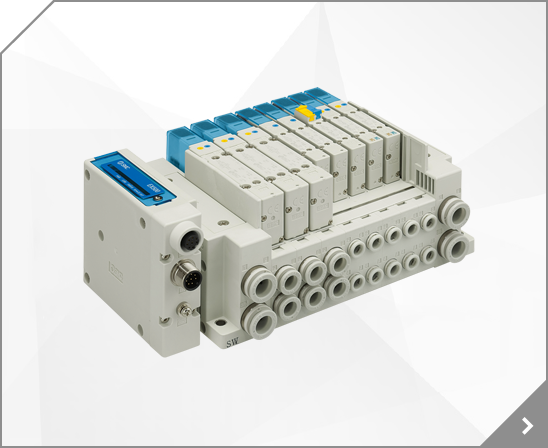
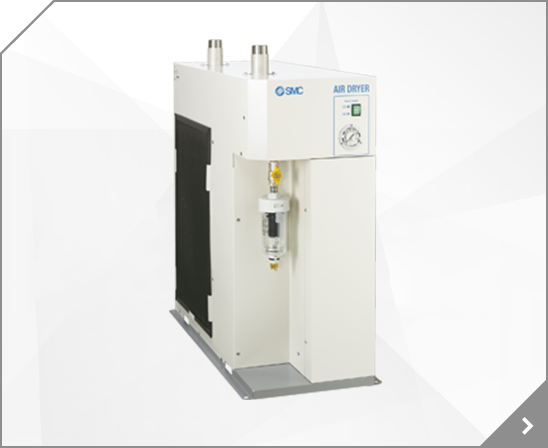
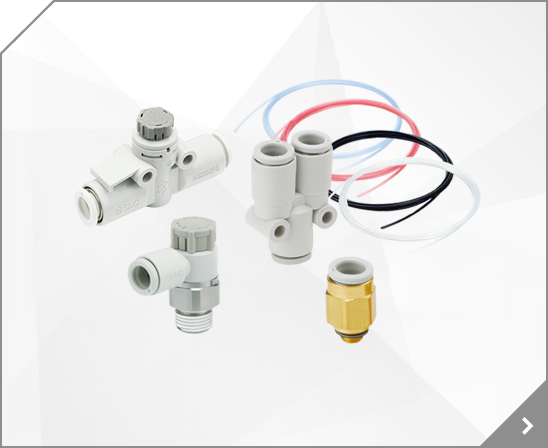
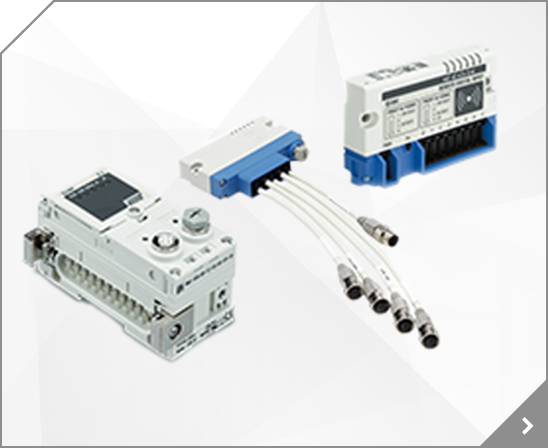
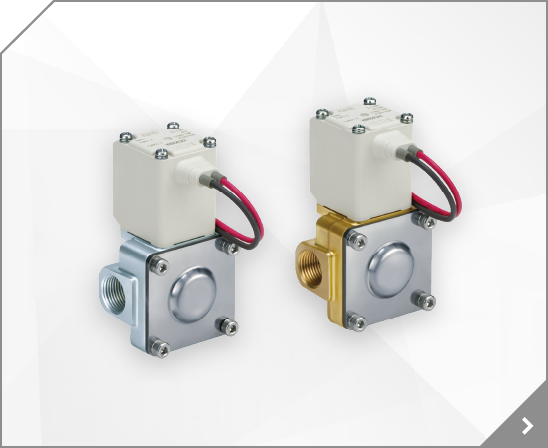
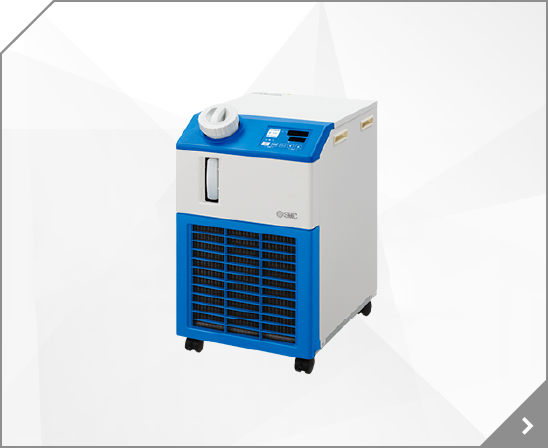
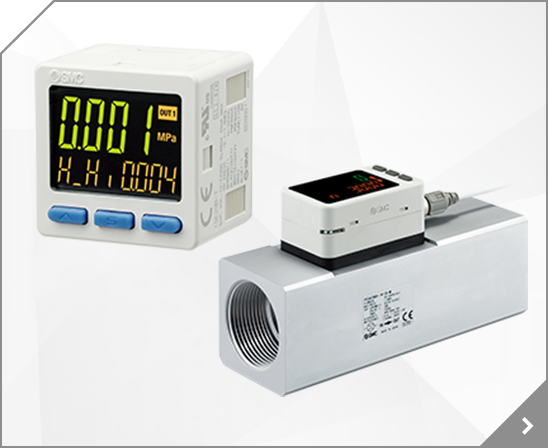
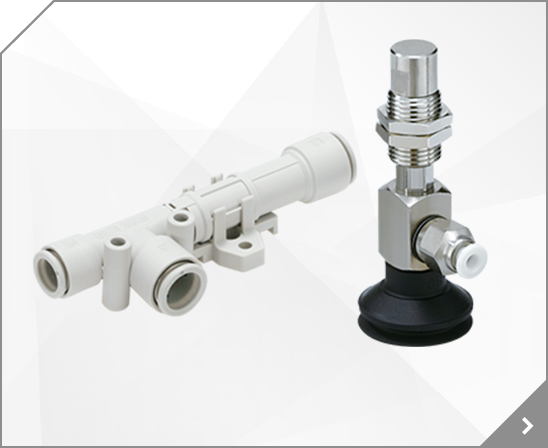

 Modular F.R.L. Unit
Modular F.R.L. Unit